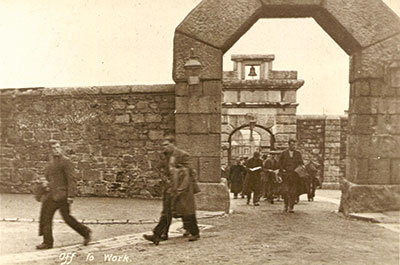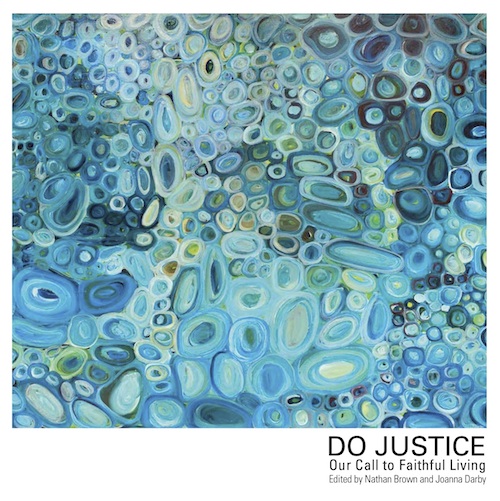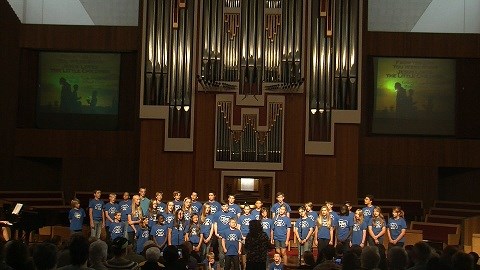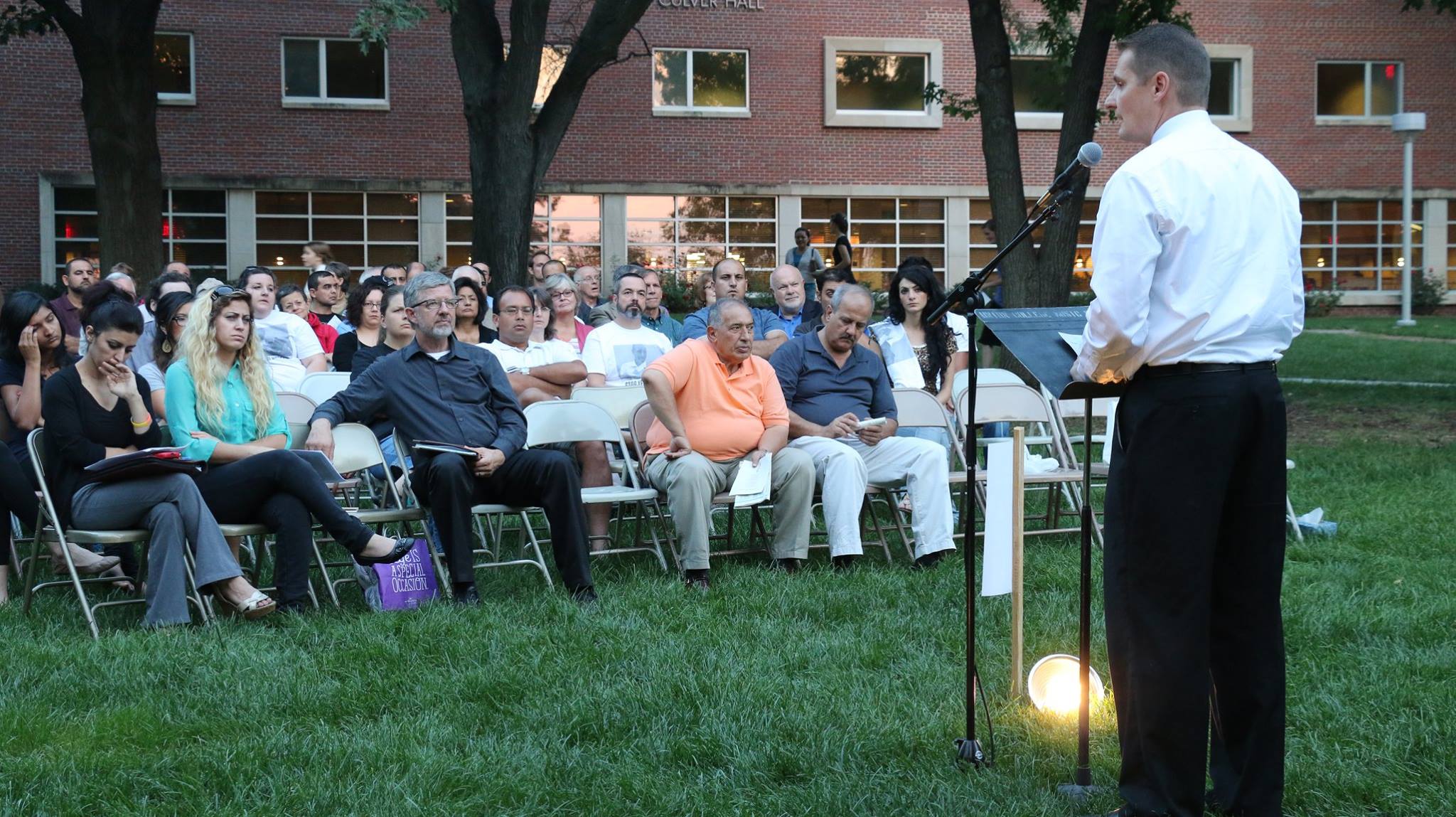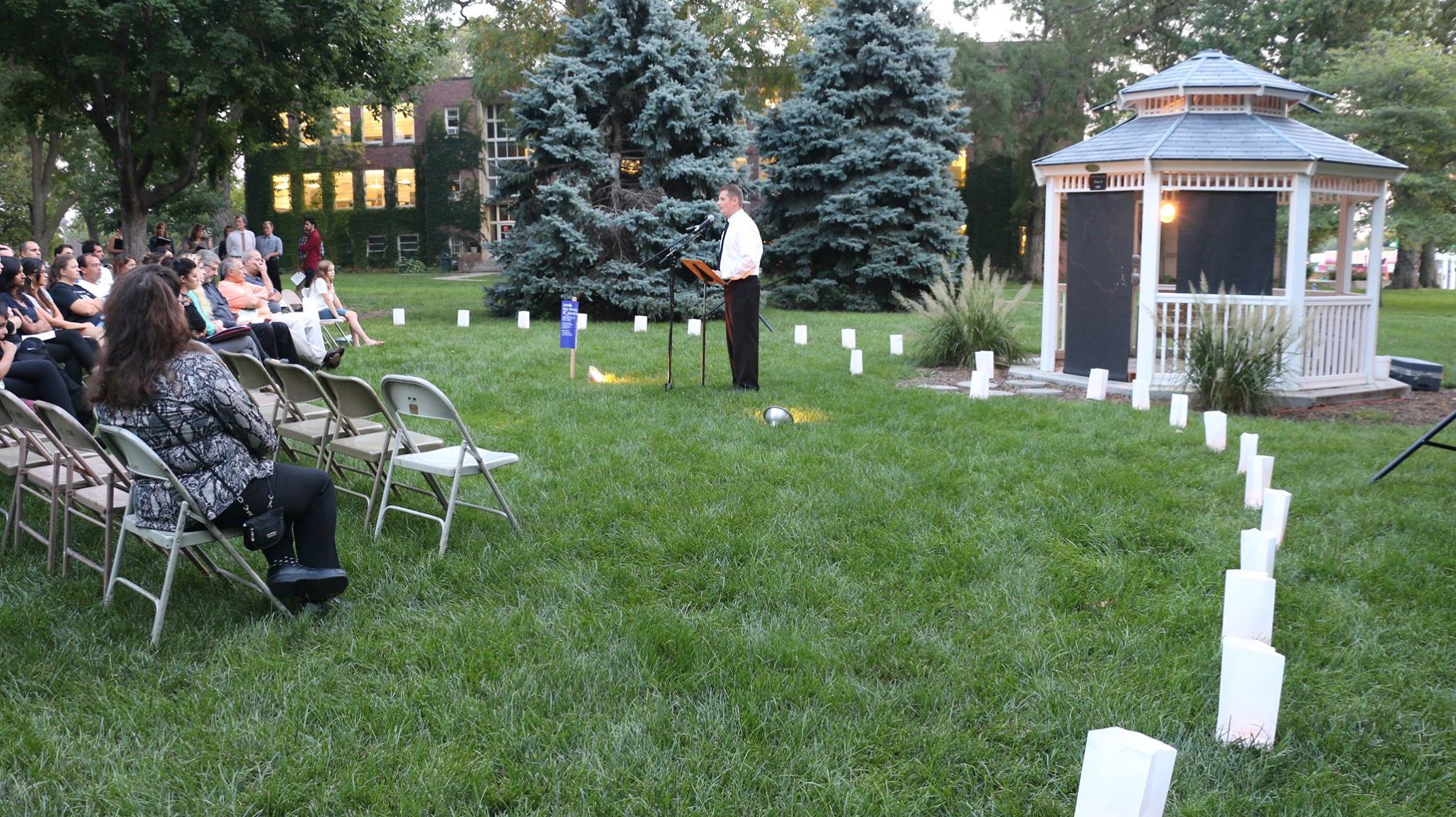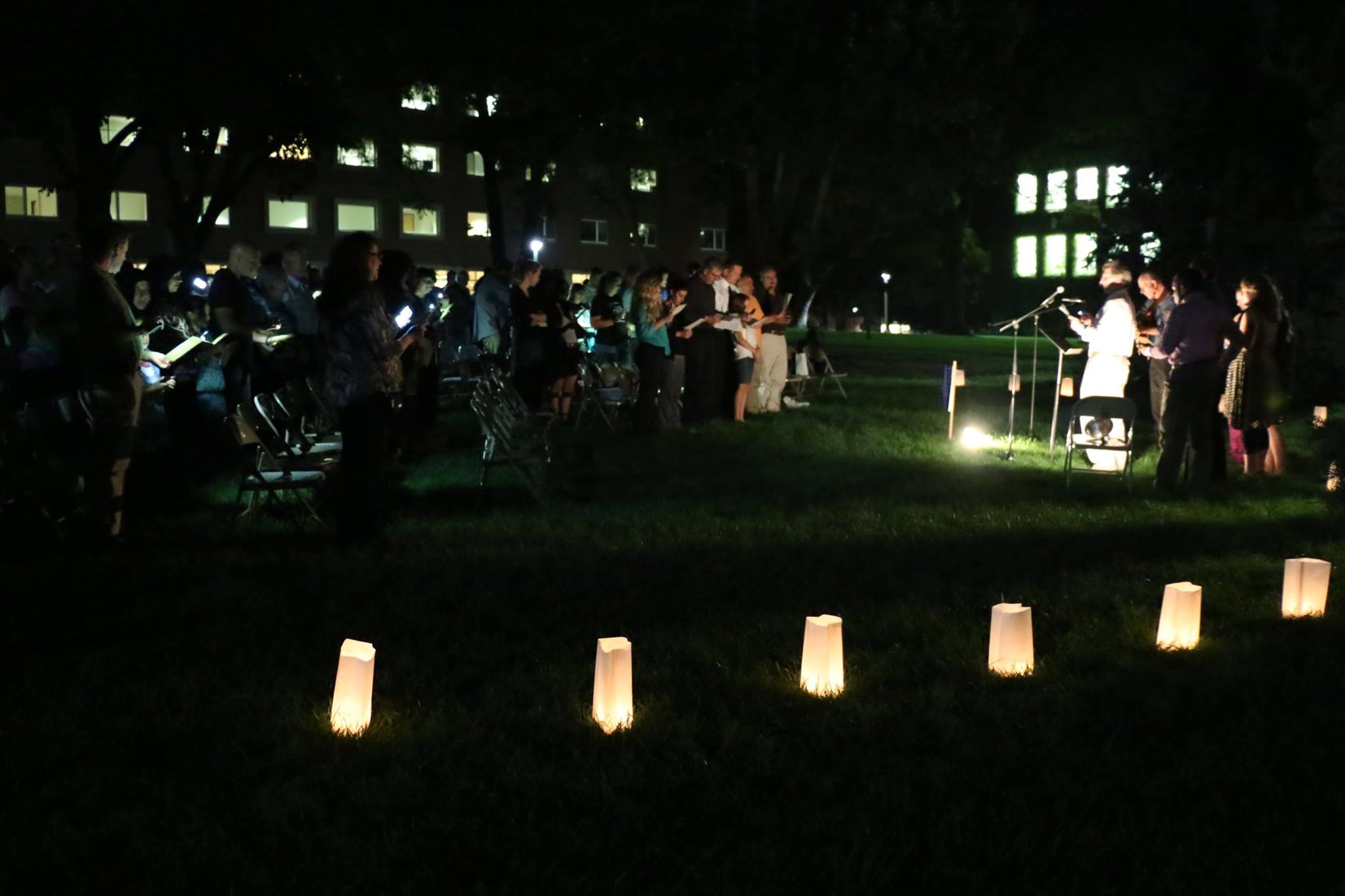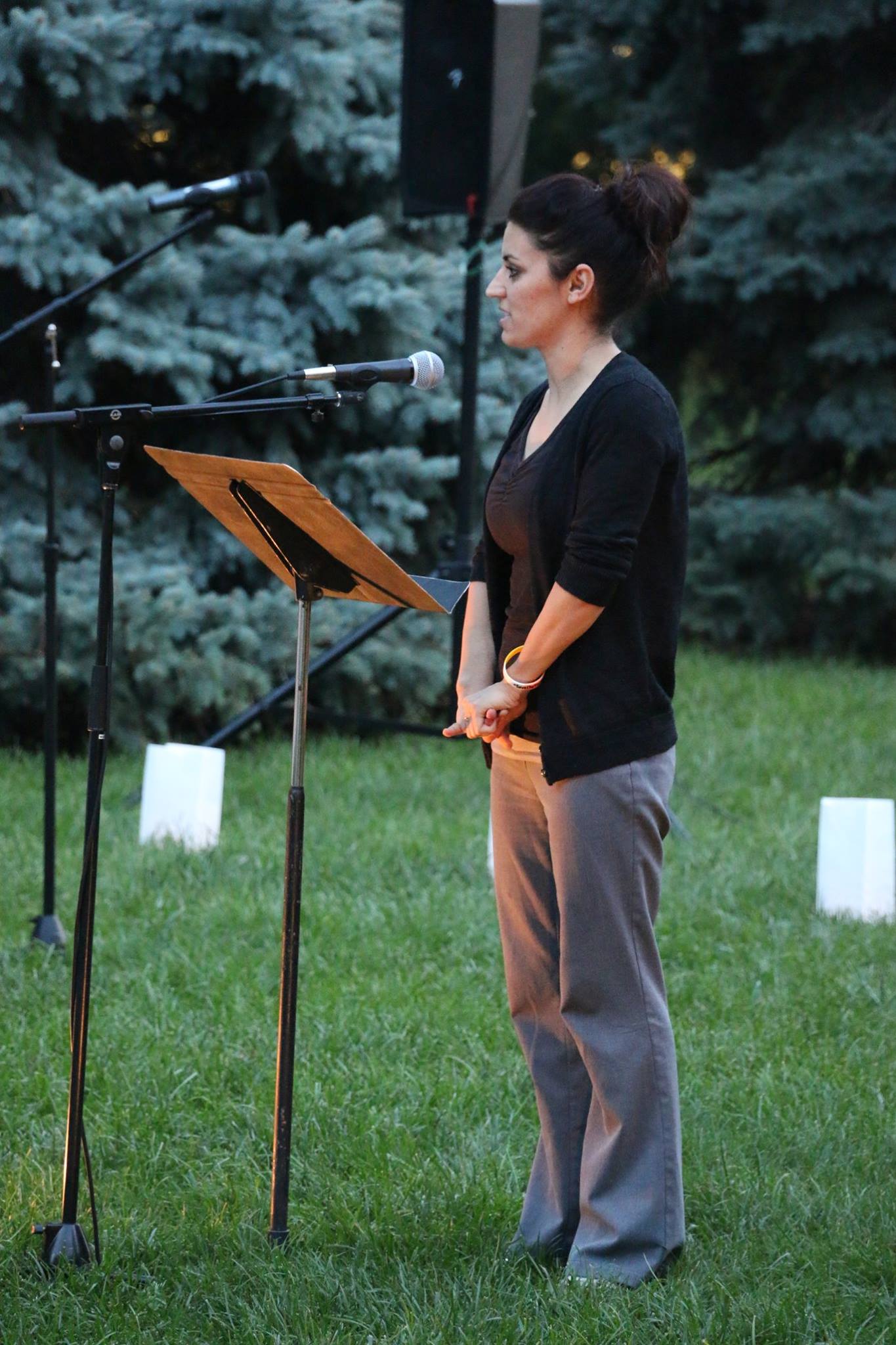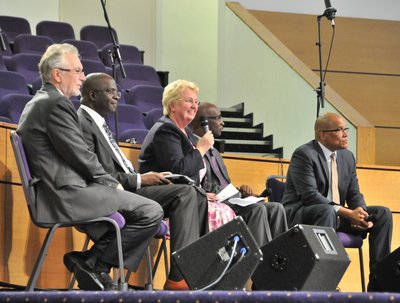Which is more important, actions to change the world or words to herald Jesus' return? I hope we see this as a false choice, but let's consider the question in the context of an early Adventist debate.
Joseph Bates was active in the U.S. anti-slavery movement before he believed in Jesus' soon return. Although after his conversion he continued to oppose slavery, his new theology or eschatology significantly changed his approach to abolitionism. He wrote:
Some of my good friends that were engaged in the temperance and abolition cause, came to know why I could not attend their stated meetings as formerly, and argued that my belief in the coming of the Saviour should make me more ardent in endeavoring to suppress these growing evils. My reply was, that in embracing the doctrine of the second coming of the Saviour, I found enough to engage my whole time in getting ready for such an event, and aiding others to do the same, and that all who embraced this doctrine would and must necessarily be advocates of temperance and the abolition of slavery; and those who opposed the doctrine of the second advent could not be very effective laborers in moral reform. And further, I could not see duty in leaving such a great work to labor single-handed as we had done, when so much more could be accomplished in working at the fountain-head, making us every way right as we should be for the coming of the Lord.[1]
Bates believed he was moving from working with one hand to working with two and moving from peripheral branches to the root or fountain-head. Rather than merely get right about slavery and alcohol, bates wanted to be “every way right.” Adventist historian Douglas Morgan states that Bates believed issue-oriented activism “would never be widespread enough to transform human society before Christ's return” (Adventism and the American Republic, p. 27). That is, Bates felt that even his best efforts toward abolition would inevitably fail to end slavery, whereas if he labored for Jesus' return, he could (a) turn more people against slavery as they converted to true Christianity and (b) actually speed the release of slaves (which would only happen at the second coming).
Bates and others believed from their study of Revelation that there would be people in bondage and slavery right down to the end of time (Rev. 6:15; 13:16). Jesus' return was the only cure; slavery in the U.S. could not be stopped short of this apocalyptic event.
I can sympathize with this viewpoint. When studying peace and social justice in graduate school, it seemed I prayed more fervently for Jesus' return with each new issue covered—war, hunger and malnutrition, genocide, human trafficking, violence against women, insufficient healthcare, environmental deterioration, etc. Each topic felt too big, too impossible to solve or even minimize. “God you have to come end this because we can't. It's too big. Each individual problem is too big.” If I were Bates, I would probably have also thought slavery in the U.S. could never be abolished.
Not every Adventist shared Bates' viewpoint. Morgan highlights the counter-voice of Anson Byington, brother of the first Adventist president, John Byington.
Anson Byington grew disenchanted with the Review by 1859 because of its passivity on the issue of slavery and wrote announcing that he would not be renewing his subscription. He declared, “I dare not tell the slave that he can afford to be contented in his bondage until the Savior comes however near we may believe his coming. Surely the editor of the Review could not afford to go without his breakfast till then. If it was our duty to remember those in bonds as bound with them eighteen hundred years ago, it must be our duty still” (Morgan, p. 28).
Byington held both convictions—for social action and for evangelism pointing to Jesus' return. “Expectation of Jesus' soon return combined with accountability to his way taught in the gospels, and for Byington the love of neighbor there enjoined implied public responsibility” (Morgan. p. 28).
The results of the Civil War would prove Bates' view to be too limited. Change was in fact possible. Slavery in the U.S. was abolished in his lifetime. Bates was wrong; Byington was right.
But here we are today, one hundred fifty years later, and slavery is greater today around the world than it was at the height of the trans-Atlantic slave trade.[2] Bates was wrong about the inability to stop legal slavery in the U.S., but he was actually right on a larger scale. The demon of slavery has grown bolder and stronger, despite the efforts of governments[3] and organizations like International Justice Mission or Tiny Hands International (the Christian nonprofit I work for).
Bates and Byington each have something to say to Adventists today. On the one hand, Byington tells us that change is possible, that Christians can make a difference to reduce the suffering of God's children, that we should combine social action with Christian preaching. On the other hand, Bates tells us that our compassionate actions will not lead to the ultimate good we wish for the world, for God's pure and complete will to be done on Earth as in Heaven. We can facilitate change—the gates of hell will not prevail—but the change will be limited in scope. This ultimate desire for righteousness/justice will only be realized after Jesus returns and demolishes this world's empires (Dan. 2).
Bates' point is important because it reminds us that we're in for the long haul. That is, we shouldn't get discouraged when our efforts lead to much smaller changes than we hope for. Instead, we should act as we're able, knowing that God can bless our loaves and fishes but that perfecting the world is not in our grasp, that rescuing the world is on Jesus' shoulders, not ours. This shouldn't discourage us from doing what we can; rather it should let us know we need to play the long-game and not give up when things fail to improve as substantially or as quickly as we wish.
In his book The World Is Not Ours To Save, Tyler Wigg-Stevenson paints a daunting picture of the world today, lamenting the inadequacy of our remedies. He writes:
In response to the litany of human woes filling the pages above, some may be saying, “Okay, okay, I get it—the world is terrible! So, what's the secret? What's the plan? What's the solution?
There is no secret. No plan. No solution—until the kingdom of God comes—to the dilemma of living in a fallen world. That's the point. The answer is not a course of action, a recipe, a hidden formula. But the absence of evident solutions does not absolve us from the pain of loving the world as Christ loves it.
Confronted with this tension, the only response is resolute commitment. We can realize that there is no solution and simultaneously refuse to be defeated or paralyzed by that fact. (p. 60)
Wigg-Stevenson's purpose in describing this reality as he sees it relates to the two lessons we can learn from Bates and Byington—we need to do what we can, but we shouldn't be discouraged by a world beyond complete repair. He warns, “A generation of Christians that thinks it is called to save the world is a generation firing on the fuel of false hopes. It is signing up for exhaustion and disillusioned burnout. I can already see its signs in the audiences I speak to and the people I meet. It is imminent. And, for the love of God, we can't afford to let it happen” (p. 60).
I hope the Adventist community can increasingly embrace these lessons so activists will also be concerned about Jesus' return and evangelists will also care about social issues affecting people today. To be only an activist or only an evangelist is to miss the importance of the other element, like trying to make chocolate milk with only milk or only chocolate. While Jesus' healing and preaching can be studied separately, the intertwining of these actions reveals the synergy that can result from approaching them in a more unified way—social action that speaks to God's good future, and preaching that calls for us to embody God's traits of compassion, justice and love.
“Thus says the LORD, 'Preserve justice and do righteousness, For My salvation is about to come And my righteousness to be revealed.'” Isaiah 56:1
“True sympathy between man and his fellow man is to be the true sign distinguishing those who love and fear God from those who are unmindful of His law.” Ellen White (Welfare Ministry, p. 36)
“It is only by an unselfish interest in those in need of help that we can give a practical demonstration of the truths of the gospel.... Much more than mere sermonizing is included in preaching the gospel.... The union of Christlike work for the body and Christlike work for the soul is the true interpretation of the gospel.” Ellen White (Welfare Ministry, p. 32-33)
- - -
[1] Autobiography of Joseph Bates, 1792-1872, Chapter 23. Accessed online on November 20, 2014, http://www.earlysda.com/bates/joseph-bates23-end.html.
[2] Andrew Cockburn, “21st Century Slaves,” National Geographic. Accessed online on November 20, 2014, http://ngm.nationalgeographic.com/ngm/0309/feature1/.
[3] “35.8 Million People Held in Modern Slavery,” al Jazzera. Accessed online on November 20, 2014, http://america.aljazeera.com/articles/2014/11/18/modern-slavery-millionstrappedtoday.html.
Featured Image Credit: "Chain (PSF)" by Pearson Scott Foresman - Pearson Scott Foresman, donated to the Wikimedia Foundation. Licensed under Public domain via Wikimedia Commons - https://commons.wikimedia.org/wiki/File:Chain_(PSF).jpg#mediaviewer/File:Chain_(PSF).jpg











